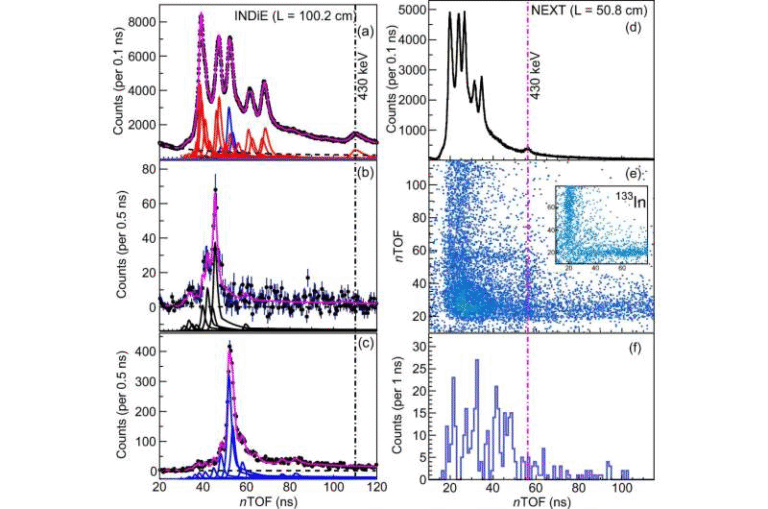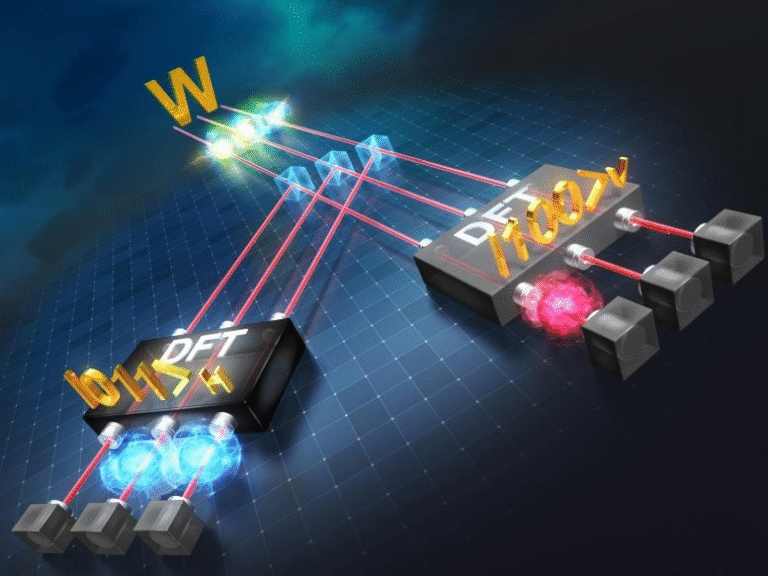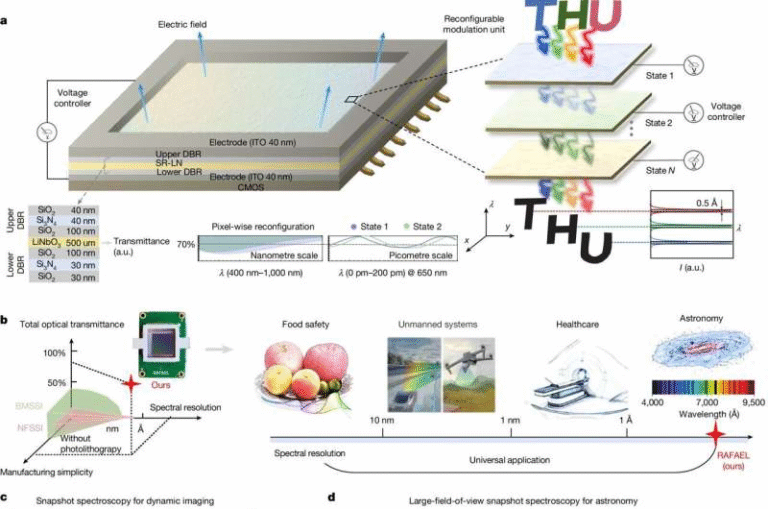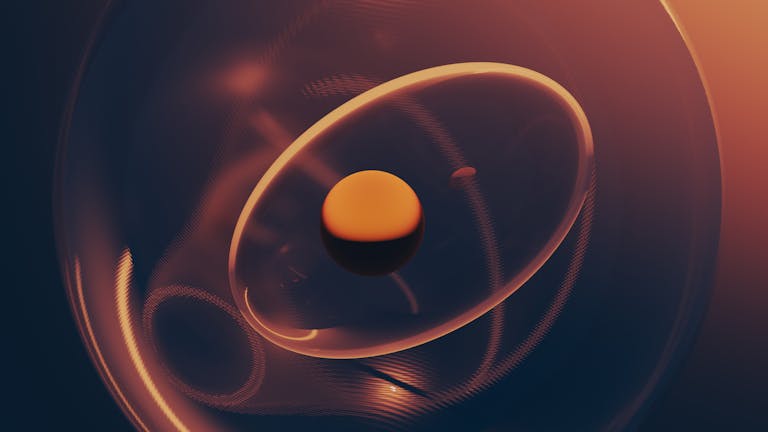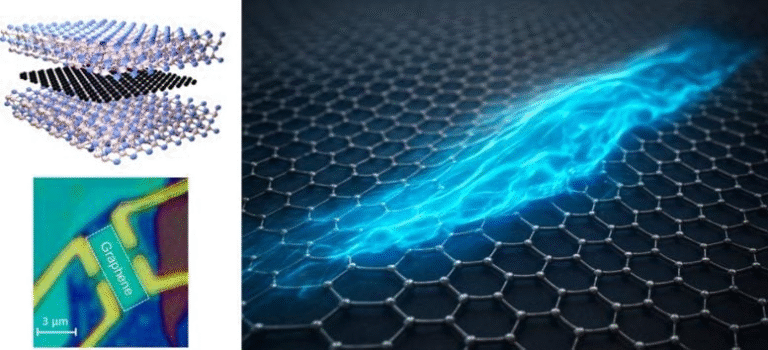FSU Physicists Uncover a Quantum Pinball State Where Electrons Act as Both Conductors and Insulators

A team of physicists at Florida State University has identified a fascinating new state of matter—one where electrons behave like players in a quantum pinball game, simultaneously showing both conducting and insulating characteristics. This discovery builds on decades of research into electron interactions, and it offers scientists a deeper look at how matter can organize itself under extreme quantum rules.
The work comes from Dirac Postdoctoral Fellow Aman Kumar, Associate Professor Hitesh Changlani, and Assistant Professor Cyprian Lewandowski, and is detailed in their recent publication in npj Quantum Materials. Their study explains how electrons can freeze into well-defined crystalline shapes yet partially melt into a liquid-like motion, giving rise to a dual-behavior phase never observed before at the electron densities they examined.
Understanding the Basics: Electrons, Flow, and Freezing
Electricity is driven by the movement of electrons through conductive materials—much like water flowing through pipes. Typically, when electrons are free to move, a material conducts electricity. When they become locked into place, the material becomes an insulator.
But in certain low-density or highly controlled systems, electrons don’t simply “flow” or “stop.” Instead, they can self-organize into geometric patterns, forming what physicists call Wigner crystals, a concept first theorized back in 1934. In these crystals, electrons settle into a regular formation because their mutual repulsion dominates over their kinetic energy.
The new FSU research focuses on generalized Wigner crystals that form in two-dimensional moiré systems—artificial structures created by stacking atom-thin materials at slight angles. These moiré structures produce repeating interference patterns that confine and guide electrons in unusual ways, enabling patterns like triangular, stripe, and honeycomb arrangements.
How the Researchers Explored the New Phase
The FSU team wanted to understand what conditions cause electrons to freeze, melt, or enter intermediate phases. To do this, they used some of the most advanced computational tools available today.
They relied on the Florida State University Research Computing Center as well as the National Science Foundation’s ACCESS program to run large-scale simulations using several numerical techniques, including:
- Exact diagonalization
- Density Matrix Renormalization Group (DMRG)
- Monte Carlo simulations
- Tensor network calculations
Handling quantum systems is notoriously difficult because each electron carries two pieces of quantum information, and the number of possible configurations explodes dramatically as more electrons are added. These computational techniques simplify that complexity into manageable structures so researchers can understand how electrons behave collectively.
The scientists specifically analyzed how different “quantum knobs”—or adjustable energy scales in the system—affect whether electrons freeze into a crystalline pattern or melt into a more fluid phase. They discovered that moiré systems allow a rich variety of electron arrangements unlike traditional Wigner crystals, which typically form simple triangular lattices.
The Big Discovery: A Quantum Pinball Phase
While studying how these generalized Wigner crystals behave, the researchers found something entirely new.
They identified a pinball phase, a state where:
- Some electrons remain frozen in place, forming a lattice.
- Others move freely through the system.
- As a result, the material shows both insulating and conducting properties at the same time.
This unusual behavior resembles a pinball machine: the stationary electrons act like fixed pins, while the mobile electrons bounce and weave around them like pinballs.
The researchers note that this is the first time such a phase has been reported at the specific electron density they investigated. More importantly, it highlights a deeper truth about quantum systems: electrons don’t neatly fall into “solid” or “liquid” categories—they can be both simultaneously when quantum mechanics comes into play.
Why the Discovery Matters
Understanding and controlling exotic electron phases is crucial for several advanced technologies. This research could have implications for:
- Quantum computing, where unusual electron arrangements can serve as stable computational states
- Superconductivity, which depends on how electrons pair and move collectively
- Spintronics, a field that uses the spin of electrons rather than their charge to process information
- Ultra-precise atomic clocks and other measurement devices
- Energy-efficient nano-electronics
Knowing how to toggle between solid-like and liquid-like electron states using quantum parameters could eventually lead to devices that outperform what we have today in speed, memory, and power efficiency.
The researchers emphasize that quantum mechanical “knobs”—different interaction strengths, densities, or moiré geometries—allow scientists to tune electron behavior far more finely than classical physics would allow.
Extra Background: What Are Moiré Materials?
Moiré materials have become one of the hottest topics in condensed matter physics over the past few years. They are made by stacking two sheets of atom-thin materials (often graphene or transition metal dichalcogenides) and twisting one slightly relative to the other.
This twist creates:
- A large-scale periodic pattern called a moiré superlattice
- Areas where electrons slow down, get trapped, or interact more strongly
- New emergent properties not found in either material alone
These systems have already given rise to:
- Moiré superconductivity
- Correlated insulating states
- Unusual magnetic phases
- Wigner crystallization
Because the periodic pattern is adjustable (just rotate the layers), researchers can explore many configurations easily—something that would be impossible in traditional bulk materials.
Extra Background: What Exactly Is a Wigner Crystal?
A Wigner crystal forms when:
- Electron density is low
- Electron–electron repulsion dominates
- Thermal or quantum fluctuations are small
Instead of forming chemical bonds (as in ordinary solids), electrons simply repel each other strongly enough to lock into place.
Traditional Wigner crystals tend to arrange themselves into triangular lattices. But in moiré materials, the underlying pattern modifies the energetics, allowing more exotic shapes like stripes or honeycomb formations.
Extra Background: What Makes This Study Different?
While Wigner crystals have been observed experimentally in recent years, this new study provides:
- A detailed map of what conditions stabilize different crystalline shapes
- An explanation of how quantum fluctuations lead to partial melting
- The first identification of the pinball phase in this setting
- A clearer understanding of the competition between solid and liquid electron states
This gives researchers a theoretical foundation to design experiments aimed at observing and using these phases.
Looking Ahead
The team hopes their work will inspire further experiments that test the boundaries of quantum electron systems. By better understanding how electrons cooperate and compete, scientists can explore new pathways to quantum technologies, superconducting materials, and more efficient electronics.
This research also sheds light on fundamental questions in physics: What decides whether matter behaves like a conductor, insulator, or something in between? How can quantum mechanics produce states without classical analogues? And what other unusual phases might be waiting to be discovered?
As moiré physics and quantum materials research continue to grow rapidly, discoveries like this quantum pinball state push us closer to a future where we can engineer matter with unprecedented precision.
Research Paper:
Origin and stability of generalized Wigner crystallinity in triangular moiré systems
